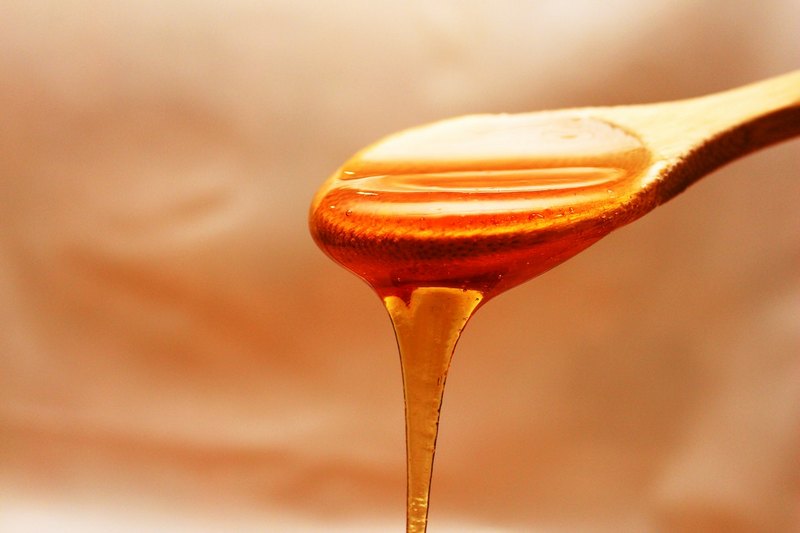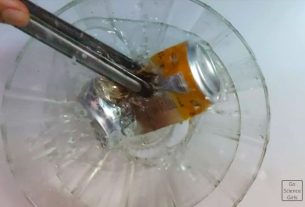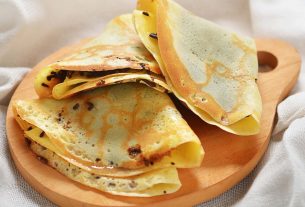No one dislikes honey, this is a fact that has been researched and is true. Some people go to the extent of indulging with bees just because they know they will eventually get the resulting nutrition. People generally refer to it as liquid gold and whenever you have it in large supply, there will be a need to properly store it.
You may be wondering or not whether honey can be frozen and to tell you the truth, you will not be able to freeze pure, raw honey. When stored at a temperature around -4°F, the honey will eventually get solid and appear solidly frozen but some of the components will still flow slowly. That temperature is what most freezers at home become cool to and it is not enough to get honey frozen.
Why Honey Doesn’t Freeze
Honey can be placed inside a freezer without getting the quality or flavor affected, irrespective of if freezes or not, this is an excellent way to help maintain its freshness if the crystallization will not affect you. To prevent oxidation, ensure you keep it in an airtight container, use a glass container so that the honey will be protected from any other odor or flavor and it will also help it to prevent any moisture from getting into the container.
Freezing Frames or Honeycomb
Frames or honeycombs are usually frozen by many farmers and the frame or honey will not get damaged whatsoever. When you freeze honey inside a comb, all your honey will become extracted at once after you have harvested all and this is a benefit. Also, for the honey to possibly be sold in the honeycomb. Honey does not tend to expand that much when frozen and it will not damage its fragile honeycomb, this is because honey contains only low content of moisture.
Another reason to freeze your honey inside a honeycomb is for wax moths or the larvae to get killed. You will have to wrap the frames tightly inside plastic before you place them inside the freezer so that the honey can be protected from being exposed to moisture and air.
Do Freezing Honey Destroy Nutrients?
The nutrients within honey do not get destroyed by freezing it but it will help to preserve its natural properties of antimicrobial. The nutritional content of honey gets affected when you subject it to heat or constant change in temperature. The quality will also be impacted because of the formation of crystals as you warm and cool which adds moisture to the honey.
You need to thaw your honey just once when you freeze it and this is by slowly getting it to return to room temperature. You may warm it once it is thawed so that the smoothness will be brought back because there will be crystals in it. However, try to prevent a sudden change of temperature and ensure extreme high heat is not applied.
Does Honey Go Bad?
When you talk about pure, raw honey, honey will not get spoilt and this is due to four major reasons:
- Honey is almost considered purely sugar and this prevents almost all fungi and bacteria from growing on it.
- Honey has low moisture content and that makes it difficult for organisms to grow on it and it also will not support fermentation.
- It is acidic with a pH of averagely below 4 which will not allow bacteria.
- Contained in honey is an enzyme deposited by bees that helps to preserve it and increase the antibacterial contained in it.
Honey will possibly go off if contaminated or harvested earlier than it should but this is very unlikely and rare. Furthermore, the more you pass honey through processes, the less it naturally gets protected against any kind of bacteria.
Prevent Crystallized Honey
Once glucose contained in honey starts to get separated from water, the honey crystallizes and this usually happens when the honey becomes cooled or when honey contains more glucose content than fructose. Crystallized honey has nothing bad attached to it with some people preferring it as it makes it a bit easier when eating.
The process of crystallization tends to protect and get the flavor naturally preserved. However, crystallization could be less ideal as it could sometimes make the honey gritty and may also get the crystals to sink with the thinner liquid staying on top, making neither of them the texture of honey.
It takes longer for honey with higher fructose to crystallize and that means you should for tupelo, sage, and acacia honey if you don’t like this effect. Filtered honey will also be smoother than others because it will not contain tiny debris particles of honeycomb that encourage crystallization. Honey at a temperature below 50°F will begin to crystallize, so if you will like to reduce the process, store it inside a glass jar at warm or room temperature.

How to Decrystallize Honey
To smoothen out your crystallized honey, boil water, and pour it inside a pot or bowl before you allow the honey jar to sit inside your hot water to allow it to melt to the original state. You can only get to do this if the honey is inside the glass container. You are not allowed to heat plastic even if it is BPA free because chemicals could leach into the honey.
If you have stored the honey inside the plastic container, scoop out the honey and put it inside a container or bowl and allow it to stay inside your large pot or bowl container hot water.
Your honey jar can also be de-crystallized inside a microwave if you are not patient. Begin with 30 seconds before you stir and add 30 more seconds as needed. If you want to use the honey for your hot beverage such as a tea, the honey will lose its crystallization as you proceed to stir it inside the drink. If you are also considering using it in cooking or baking, follow the same process.
Best Types of Honey
You can get honey from nectars of different flowers and they all give different nutritional components and tastes. Some honey is considered to be unifloral and they are those from the nectar of just one kind of flower. There is also multi-floral honey from nectars of different kinds of flowers.
Unifloral is used more popularly usually for their medicinal purposes. The multi-floral kinds contain less distinctive flavors couple with having nutrients from various kinds of flowers.
Flowers Honey Is Made From
Check below for some flowers honey comes from:
- Jamun: It is popularly used topically to help wounds heal quickly such as gangrene.
- Buckwheat: It has different health benefits including providing defeat to some drug-resistant bacteria strains.
- Acacia: One of the clearest and lightest in color across the globe and also has one of the sweetest flavors.
- Manuka: Originates from New Zealand for its anti-inflammatory, antiviral, and antibacterial properties.
- Eucalyptus: Originated from Australia and it helps the immune system of man.
- Rosemary, Lavender, Sage: They are all honey individual types and they are all herbs.
- Alfalfa: Sometimes referred to as Lucerne honey. It is usually hailed as prebiotics that is not common among other types.
- Clover: Classified as a weed, has plenty of flowers with plenty creamed honey.
Pasteurized vs Raw Honey
The process where you heat honey to very high temperatures like 145°F and above is called pasteurization so that the bacteria or microorganisms can be killed and this is what happens to almost all stores.
Though some consider it to be the best, others think that manufacturers get the opportunity to use sugar, syrup, or another additive to dilute it and then make it a bit less expensive and also affecting the natural constituent of nutrition.
The most naturally classified honey is raw honey and it is the crude form that you will extract from your honeycomb. This type is unrefined and might also contain some hives particles. It, however, has more health value with constituents of numerous phytochemicals, antibacterial, antioxidants, and several others. You will likely see the terms “real” or “pure” in the market but that is not the same with raw and could be a trick to get you to buy.
Texture
Honey can be found in its honeycomb, solid chunk, granulated, creamed, or liquid-smooth state. Creamed and liquid are very common in local grocery stores. However, the thicker and solid types or granulated types have more nutritional content but they are more difficult to get and harder to use. Those directly from honeycomb also have several benefits as they are the purest and freshest.
Related Questions Asked
Is honey safe for diabetics?
Though honey is more nutritious than refined sugar, it does not mean it will not affect the blood glucose level. A diabetic person needs to watch their carbohydrate and sugar intake. Honey is considered about 80% of carbohydrates and that makes it sugar and it is classified sweeter than refined sugar. Though there is no research saying it affects insulin, you need to be careful because it is considered sugar.
Are honey bees endangered?
We currently have eight species of bees that are endangered, however, honey bees are not considered as part. The other bees have been subjected to pesticides that could cause danger to their existence.
Is honey good for you?
The question is tricky but when used, honey gives great antioxidants and nutrients. It can also be used topically to help to heal irritating conditions of the skin and also to heal wounds as an antibacterial agent. Only a few eat a balanced diet, this means when honey is taken too much, it could be harmful to the health because it is sugar after all.


